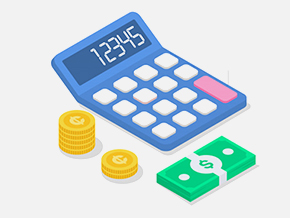-
- PCB TYPE
- PRINTED CIRCUIT BOARD PROTOTYPE ALUMINUM PRINTED CIRCUIT BOARD R&F PCB FPC HIGH FREQUENCY PCB HIGH-TG PCB HEAVY COPPER PCB HDI PCB PCB FOR LIGHTING METAL CORE PCB
time:May 28. 2021, 15:21:10 Views:286
PCB design engineers often regard circuits, the latest components and codes as important components of electronic projects and attract the most attention, but sometimes they ignore the PCB layout of key electronic components. Poor PCB layout can cause functional and reliability issues. This article contains practical PCB layout techniques that can help your PCB project work correctly and reliably.
Line width
Copper traces in the real world have resistance. This means that the trace will produce a voltage drop when current flows, power consumption and temperature rise. The resistance is defined by the following formula:
$$ R = \ frac {(resistivity*length)} {(thickness*width)} $$
PCB designers most often use length, thickness, and width to control the resistance of PCB traces. Resistance is the physical property of the metal used to make the trace. PCB designers cannot really change the physical characteristics of copper, so please pay attention to the trace size that can be controlled.
PCB trace thickness is measured in ounces of copper. If 1 ounce of copper is evenly distributed on an area of 1 square foot, we will measure the thickness as one ounce. The thickness is one thousandth of an inch. Many PCB designers use 1 oz or 2 oz of copper, but many PCB manufacturers can provide a thickness of 6 oz. Please note that it is difficult to make small features such as thick pins. For its functions, please consult your PCB manufacturer.

Got project ready to assembly? Contact us: info@apollopcb.com



We're not around but we still want to hear from you! Leave us a note:

Leave Message to APOLLOPCB
